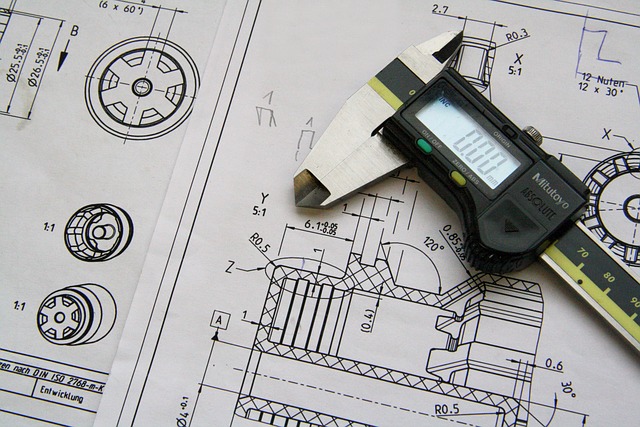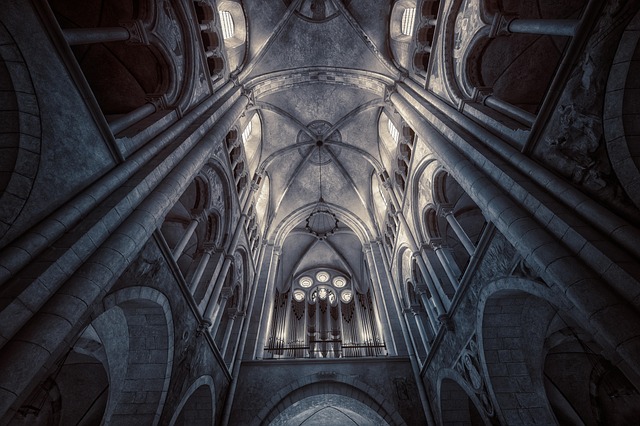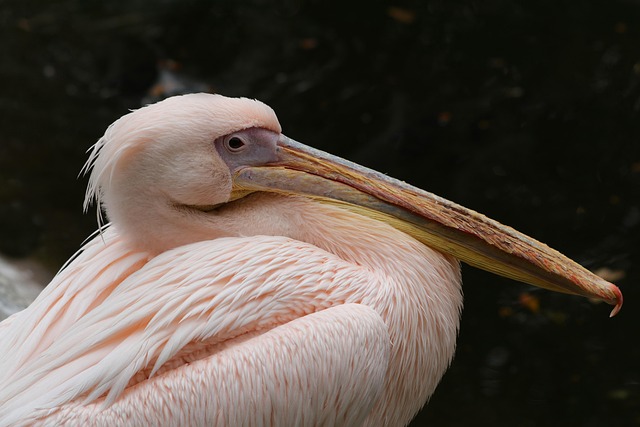In the realm of creativity, technical drawing stands as a bridge between the intricate world of fine arts and the precise demands of engineering and architecture. At first glance, one might perceive technical drawing as merely a tool for conveying information – lines meticulously placed, dimensions carefully calculated, and angles precisely measured. However, dive a little deeper, and you will discover that it is so much more; it is a fusion of fine arts, culture, and an undeniable sense of precision.
Fine arts and technical drawing may seem like two separate entities, yet they share a symbiotic relationship. Just as a painter meticulously selects colors and brush strokes to evoke emotion, a technical drawer crafts lines and symbols to convey insight. The creativity involved in technical drawing is akin to that of an artist sketching the contours of a captivating landscape. Both disciplines require a deep understanding of form, light, and space, blurring the lines between artistic expression and technical proficiency.
Technical drawing has its roots deeply embedded in culture. Ancient civilizations, from the Egyptians to the Greeks, utilized diagrams and sketches to express their understanding of the world around them. The art of drafting was not just about practicality; it was a way to capture the aesthetic beauty of architecture and design. This cultural significance transformed technical drawing into a respected art form, reflecting human ingenuity and our relentless pursuit of knowledge. Today, this history continues to inspire modern artists and designers, prompting them to explore the balance between functionality and artistic execution.
When creating a technical drawing, precision is paramount. Yet, achieving this precision does not necessitate sacrificing creativity. Many contemporary artists find ways to incorporate personal flair into their drawings while maintaining strict adherence to the technical standards relevant to their field. The use of software tools allows for a blend of manual artistry with precision engineering, illustrating that technical drawing can adapt and grow with technological advancements. This fusion not only preserves the traditional methods but also opens new avenues for expression—turning technical drawing into a canvas for modern artwork.
In workshops and classes around the globe, artists and engineers alike gather to hone their skills and push the boundaries of what technical drawing can achieve. Collaborative projects emerge, where fine artists and technicians unite to create works that challenge conventional perceptions of both art and engineering. Through this fusion, they show how technical drawing can narrate stories, evoke emotions, and express complex ideas—transforming a purely functional skill into a profound form of artistic dialogue.
As we embrace the ever-evolving landscape of art and design, mastering technical drawing becomes essential for those wishing to explore the deeper connections between these disciplines. The world of technical drawing invites you not just to learn lines and measurements but to engage in a broader cultural conversation where precision and artistry coexist in harmony. Let your journey into the vibrant world of technical drawing guide you in merging the intellectual with the aesthetic, creating masterpieces that resonate on multiple levels.




